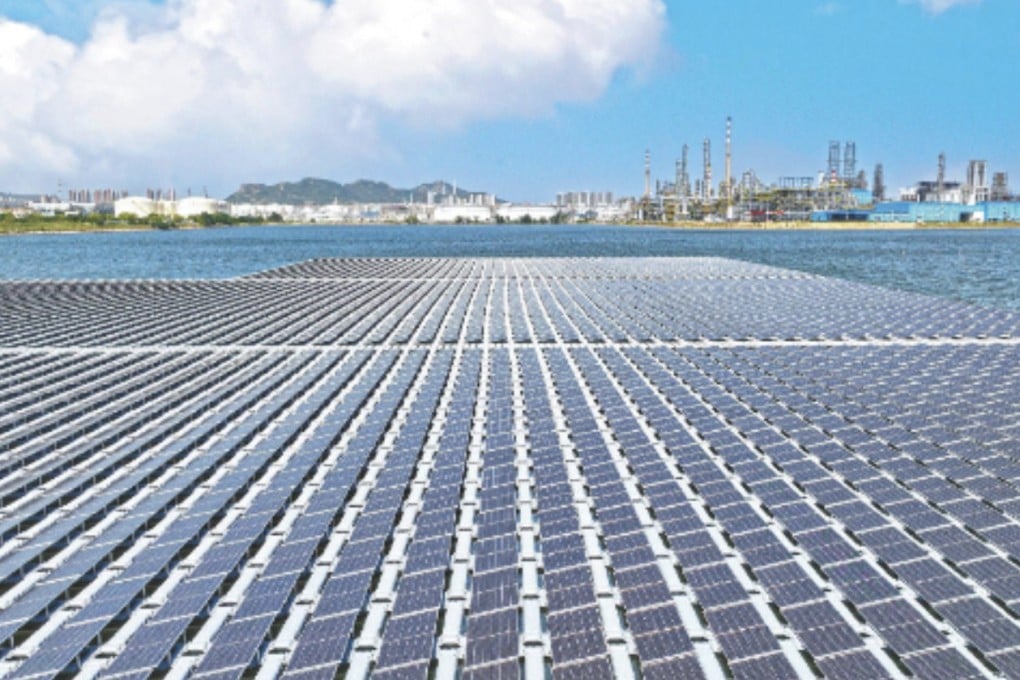China Achieves Breakthrough in Solar Power by Harnessing Ocean-Based Technology
China has achieved a groundbreaking milestone in renewable energy with the commercial operation of its first seawater-based floating photovoltaic (PV) project in Qingdao, Shandong Province. The 7.5-megawatt facility, developed by Sinopec Qingdao Refining & Chemical, marks a significant step in harnessing ocean-based solar energy, offering a new frontier for the global solar industry. The project, spanning 60,000 square meters, is expected to generate 16.7 million kilowatt-hours of green electricity annually, reducing carbon emissions by approximately 14,000 tonnes each year.
The Qingdao project features innovative solar panels designed to rise and fall with the tides, maintaining close proximity to the water surface. This design enhances efficiency by 5 to 8 percent through natural cooling from the seawater, addressing overheating challenges common in traditional solar installations. The facility is part of China’s broader strategy to expand renewable energy capacity, targeting over 1.2 billion kilowatts of installed wind and solar power by 2030, as outlined by Beijing in 2020.
This milestone follows China’s recent launch of the world’s largest open-sea offshore solar farm, a 1-gigawatt project off Dongying City, Shandong, developed by CHN Energy’s Guohua Energy Investment Co. Connected to the grid in November 2024, the 1,223-hectare facility generates 1.78 billion kilowatt-hours annually, enough to power 2.67 million urban households while cutting carbon dioxide emissions by 1.34 million tons. The project integrates aquaculture with solar power, boosting local fisheries and optimizing marine space.
China’s push into offshore solar addresses land constraints and brings renewable energy closer to coastal demand centers, reducing transmission costs. The Dongying project employs advanced 66-kilovolt offshore and onshore cables for high-capacity, long-distance transmission—a first in China’s PV sector. Shandong, Jiangsu, and Zhejiang provinces are leading the charge, with plans for “energy islands” combining solar, wind, and aquaculture.
Despite challenges like regulatory hurdles and environmental concerns, China’s state-owned enterprises, including China National Nuclear Corporation and China Three Gorges Renewables, are investing heavily in ocean-based solar. The China Photovoltaic Industry Association has called for standardized approval processes to support this emerging sector. Analysts predict China’s offshore PV capacity could exceed 60 gigawatts by 2027, reinforcing its global leadership in renewable energy.
President Xi Jinping’s emphasis on “new quality productive forces” underscores China’s focus on technological innovation in renewables. With 610 gigawatts of solar capacity in 2023 and nearly 700,000 clean energy patents, China continues to set the pace in the global transition to clean energy, even as it grapples with coal dependency. This ocean-based solar breakthrough signals a transformative moment for the industry, with potential to inspire similar projects worldwide.
